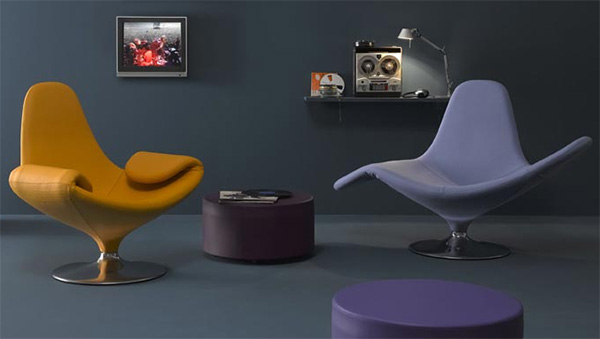
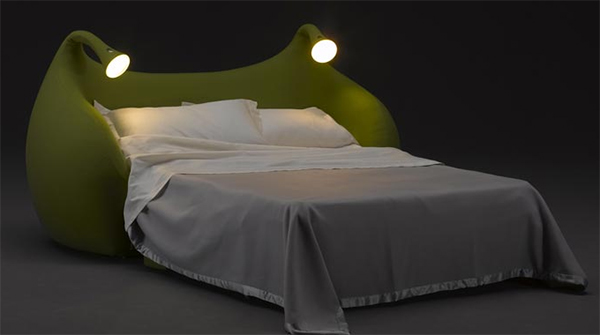
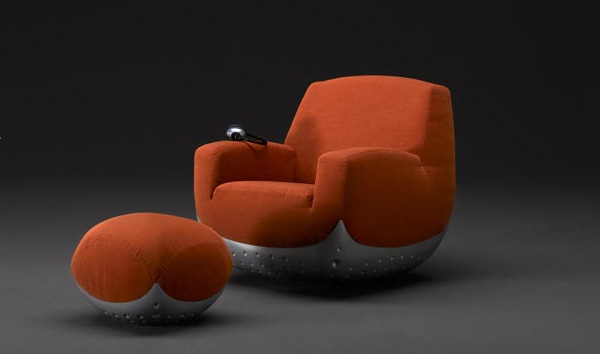
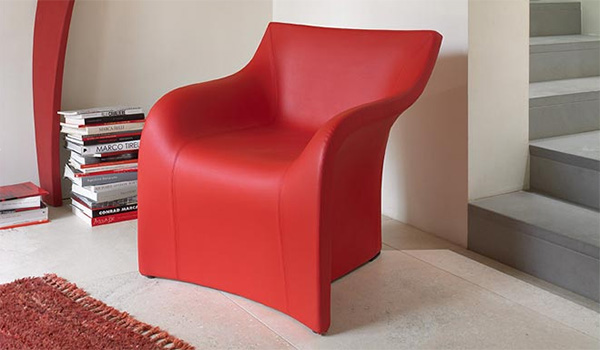
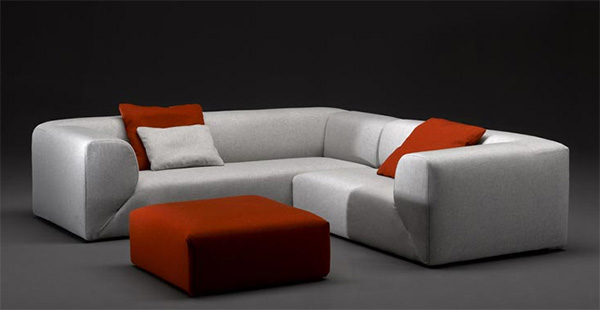
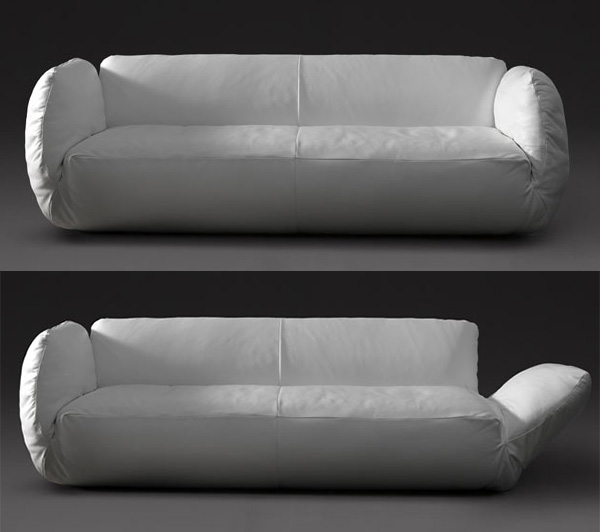






Blame the French emperor Napoleon Bonaparte for influencing the rise of modern furniture in the world. The story goes that when Napoleon crowned himself emperor in 1804, he ushered in the era of “empire style” furniture—ultra majestic, ostentatious, extravagant and self-aggrandizing.
“Empire style” furniture and its attendant excesses reflected Napoleon’s world-conquering personality. Spoils and artifacts from Egypt, Greece and Roman served as the bases for European craftsmen and artists to create a grandiloquent and aggressive French equivalent.
Furniture during Napoleon’s era was huge in every way. Stolid, loud and bombastic, “empire style” furniture was also heavy and carried a chauvinistic tone when compared to the décor of Louis XIV and Louis XV. Metal gilt replaced wood. Gold was the new standard.
Ormolu mounts were the single most distinguishing feature. Ormolu is a gold-colored alloy made of copper, zinc, tin, then topped with a gold and mercury mixture. These gilt-metal ornaments carried the influences of Roman, Greek, and Egyptian excess in the form of ram’s heads, cobras, obelisks, falcons, winged-lion supports, sphinxes, palm leaves, gods and cornucopias. Other characteristics of this type of furniture were the liberal use of classic Greco-Roman decals, mirror-back console tables and military motifs featuring the letter “N” for you-know-who.
Empire furniture fell out of favor once Napoleon was defeated in the Battle of Waterloo in 1815. These symbols of excess would soon be replaced by more sensible home furniture pieces. Modernism was changing European art, literature, architecture and music by the late 19th century up to the turn of the century.
Modern furniture was an about-face from the jarring ornament-oriented pieces of the early 19th century. It was a revolution in furniture design, emphasizing function and accessibility over form. Traditional design elements were stripped or rejected outright. Innovation was driving the movement, combing elements of Japanese art, Bauhaus, Symbolism, and Art Nouveau. The thinking was to break from past conventions and attempt to create something new, vibrant and colorful.
That philosophy translated to light, clear, geometric lines replacing dark, burdensome and cluttered woodcarvings. Steel, molded plywood and soon, plastic became the new materials of choice. Applying furniture design to these materials was quite a radical approach during those times when furniture basically meant wood.
The Marcel Breuer-designed Wassily Chair in the mid-1920s is an icon of modern furniture. It was the first tubular steel chair and inspired by the tube frame and handlebars of a bicycle. The materials used were revolutionary for its time: bent tubular steel, chrome plating, cowhide leather upholstery and canvas straps in black, green, blue and red. The Wassily Chair also benefited from the perfection in the manufacture of seamless steel tubes, which, prior to this new process, would collapse when bent. Since 1948, Knoll International is the U.S. licensee and producer of Wassily chairs.
Designer Eileen Gray’s Bibendum Chair was also created during the same time as the Wassily Chair. This lounging chair captured the non-conformist, modern aesthetic of the times with its two half-circle stacked tubes comprising its back and arm rests. Not surprisingly, Gray derived its name from the roly-poly Michelin Man’s stacked tire appearance.
The Barcelona chair and The Brno Chair, designed by German architect Ludwig Mies van de Rohe in 1930, crystallized the functional art aesthetic of the Bauhaus school. Architect Mies’ style strove for simplicity, minimal structural order and clarity. His “less is more” approach also emphasized modern industrial materials such as glass and steel.

0 comments:
Post a Comment